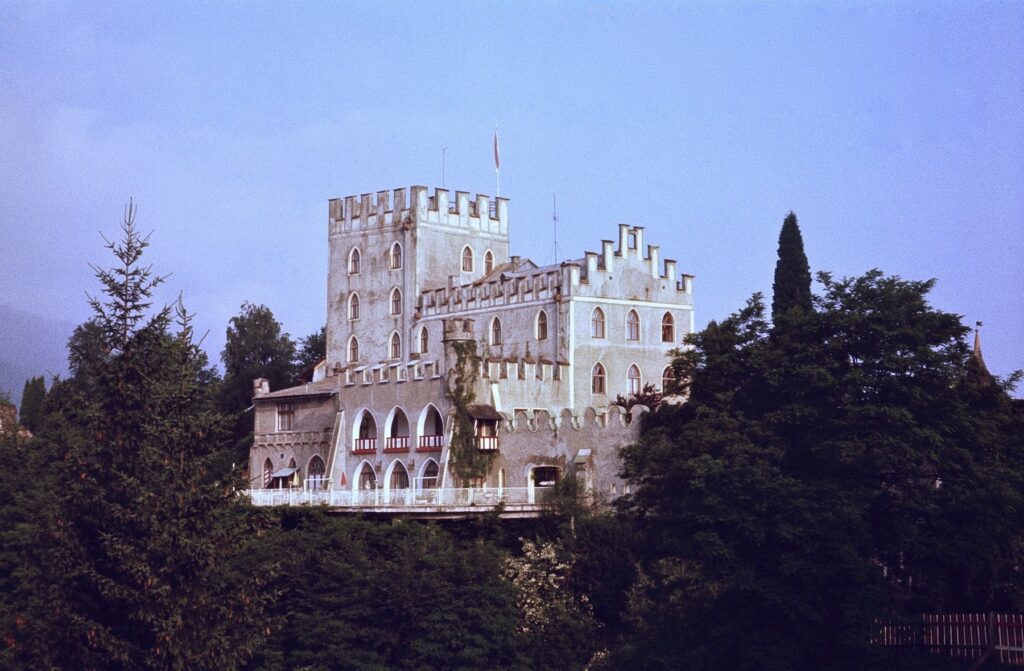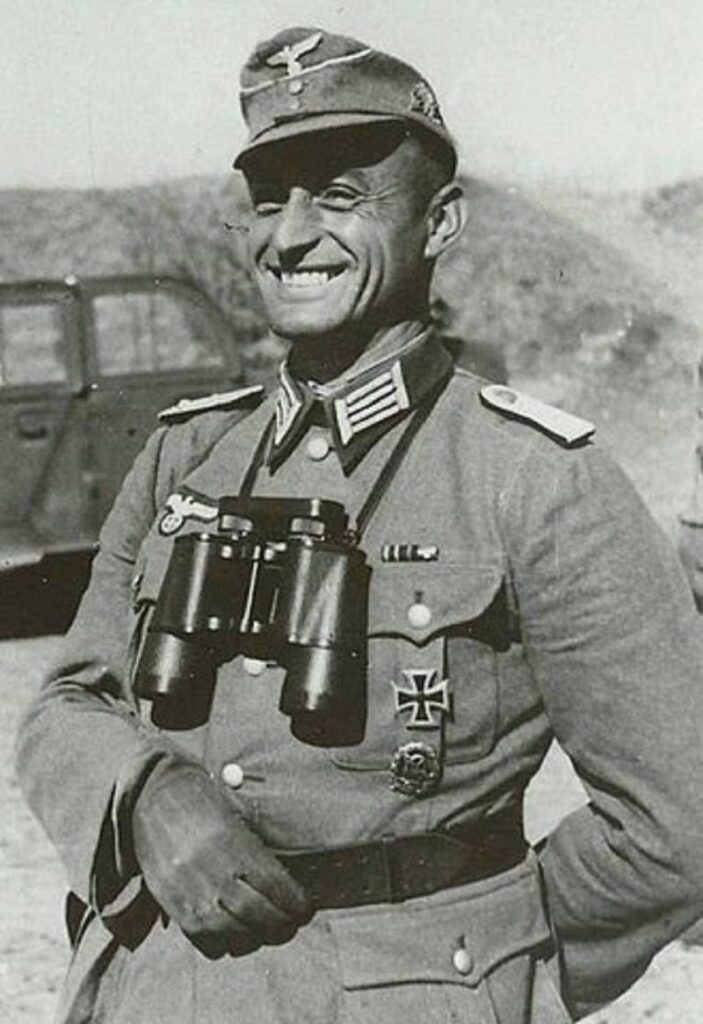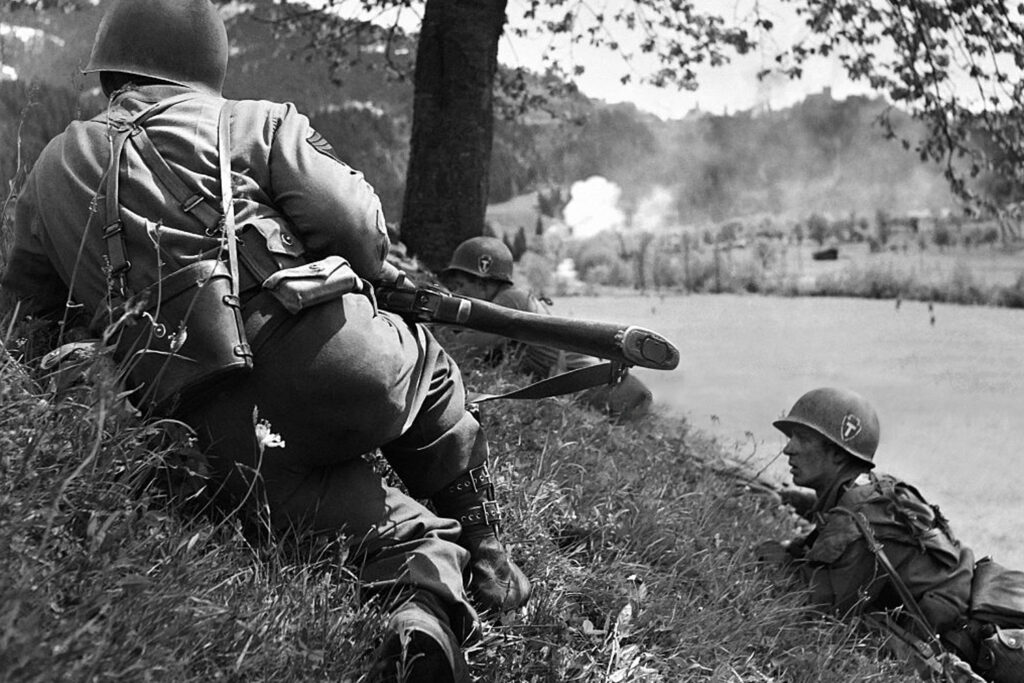On May 3, 1945, a Yugoslavian handyman walked out of Nazi Germany’s Itter Prison on a 40-mile trek to Innsbruck (in what is today Austria). His mission was to find any American troops he could and get them back to the castle. Itter Castle was a prison for the Reich’s most high-value prisoners, including the sister of Gen. Charles de Gaulle and former French Prime Minister Edouard Daladier.

The Imminent Threat to Itter Castle
With the end of the war soon coming, the prisoners had taken control of Castle Itter but knew that Hitler’s most fanatical troops, the Waffen-SS, were still fighting – and were still a threat. They were right to be concerned. The 17th SS Panzergrenadier Division was operating in the area, killing military-age males and executing anyone who surrendered to the Allies. They now had their sights set on taking Itter and killing everyone inside. A motley crew of American tankers, French prisoners, German soldiers, and a former SS commander would fight the SS to the bitter end at Itter Castle in what is now known as “the strangest battle of World War II.”World War II in Europe would come to an end on May 8, 1945. When the fighting started at Itter Castle, Adolf Hitler was dead, and the body of Fascist dictator Benito Mussolini was hanging from the girders of a service station in Milan. Victory in Europe was assured, but that didn’t mean elements of the German armed forces had stopped fighting.
The Fierce Battle and Heroic Defense of Itter Castle
When the handyman didn’t return to Itter, the prisoners took control of the castle, and its SS guards fled to Wörgl, the closest town and one occupied by the 17th SS Panzergrenadier Division. The castle’s Austrian cook rode to Wörgl despite the danger and was able to present a letter to the U.S. Army, written in English, to the Austrian Resistance. The Resistance connected him with a German Wehrmacht unit, which joined the Resistance, led by Maj. Josef Gangl.

Gangl reached out to Lt. John Lee of the U.S. 23rd Tank Battalion, 12th Armored Division, who was stationed eight miles to the north of Wörgl. Lee radioed his headquarters, and the combined force set off toward Itter Castle. When they arrived, they found the prisoners had asked former SS officer Kurt-Siegfried Schrader, who happened to live nearby, to set up their defenses. The defenders of Itter Castle numbered 36 American and German troops, along with one Sherman tank and the castle’s prisoners. The Waffen-SS attacked Itter Castle on May 5, 1945, with an estimated 200 battle-tested fanatics with 88-millimeter flak guns. The two sides fought for six hours, with the Sherman providing machine gun support before the Nazis took it out with flak. As the fighting dragged on, the desperate defenders began to run low on ammunition. Famed tennis player and Itter Castle prisoner Jean Borotra jumped over the castle walls and ran through the SS lines to deliver news of the battle to the 142nd Infantry Regiment nearby. Almost as soon as he arrived, the 142nd sent a relief force to the castle, defeated the SS, and took 100 of them as prisoners. Four of the defenders were wounded, but the only death in the fighting was Maj. Josef Gangl, who was shot by an SS sniper while trying to rescue former French Prime Minister Paul Reynaud. Two days after the Battle of Castle Itter, Nazi Germany formally surrendered to the Allies, and fighting in Europe finally ceased.

Read About Other Profiles in Courage
If you enjoyed learning about Darrell Elmore, we invite you to read about other profiles in courage on our blog. You will also find military book reviews, veterans’ service reflections, famous military units and more on the TogetherWeServed.com blog. If you are a veteran, find your military buddies, view historic boot camp photos, build a printable military service plaque, and more on TogetherWeServed.com today.

0 Comments